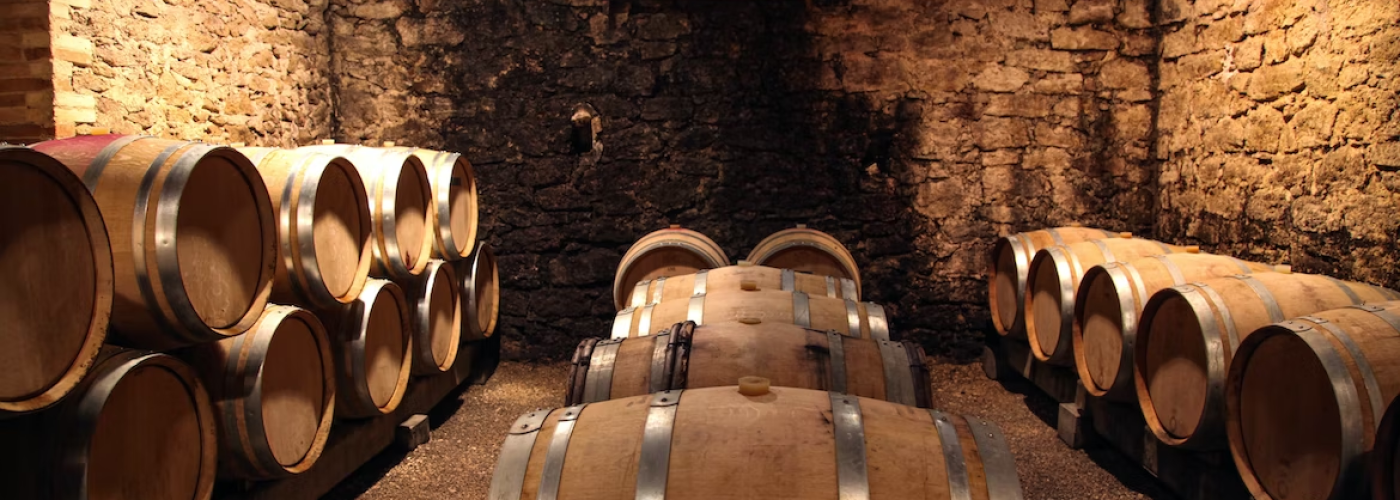For a while now, the construction of homes and buildings has become more focused on sustainability and green products. However, it isn’t the same for every design. Some prioritize profits over sustainability, and others put sustainability first, or adopt a healthy blend.
Wine is one area that was somewhat overlooked in terms of sustainability. But there are now a few companies that are making an effort to create eco-friendly and green wineries with their construction, and many people are getting behind it.
Why Wineries?
Research has shown that wine has a fairly big carbon footprint. However, it is difficult to change when most of the carbon footprint for wine comes from the way it is produced and shipped. This means the buildings and the processes themselves have to be adapted.
While making sense, it is often overlooked. After all, to harvest wine, you need a lot of space, a lot of machinery, and very cool rooms to keep the wine from being spoiled. The process also uses a lot of glass and plastic, as well as wax and cork to create the wine bottles.
Transportation is also a large part of wine-making’s carbon footprint, but it isn’t as easy to eliminate. However, some businesses are working to reduce transportation problems by doing things such as sourcing locally. Though many don’t want to limit distribution and hurt their sales numbers, collecting from local places supports nearby businesses and reduces the distance every component has to travel to get to the winery, which eliminates a lot of greenhouse gasses before the products are even sold.
How Are They Making a Difference?
New wineries are starting from the ground up, including the buildings themselves. Their new construction is being made from straw that is then compressed to make bricks that aren’t dependent on as much carbon. They also are further reducing emissions by sourcing local sand, clay, and stone while also repurposing wood from their wine barrels.
Some wineries are working to reduce the plastic in their new constructions, opting to use tile instead. Concrete is also often a eco problem, because it is used for a lot of flooring thanks to its durability and ability to handle some abuse with ease from things like big vehicles or items being dropped on them. Current options to replace concrete (this said carbon, but I think you meant concrete since that was the subject) are biochar, which is burned wood leftovers.
In addition to new buildings, wineries are working to reduce their carbon footprint in other ways such as using solar panels, gathering resources from local companies, and relying on the earth for cooler rooms without as much need for rooms dedicated to cooling via electricity.
Knowing that wineries are working to make a difference is a huge relief to many wine lovers. This means they can continue to support the environment while drinking their favorite bottle of red, or white.
That means you can still go on that wonderful wine cruise you’ve been planning for years. And if you’ve ditched your car to be even more sustainable, don’t worry, you can use a car service to get to any port of NY transportation where your cruise will depart.
If you want to support these businesses making an effort to go green, there are lists everywhere of the most sustainable wineries by location. Many of them are in California, but you can find them all over.
Finding the Balance
New homes, apartments, and buildings are being built in the United States all the time. While this is beneficial in many ways, it does create a problem when it comes to sustainability. About 39% of all greenhouse gasses are said to come from construction, with 11% of that from the manufacturing of materials.
So any time that a new building is created, you are hurting the planet, even if you are attempting to be sustainable. Thankfully, new ideas are coming out all the time to reduce the footprint buildings have. There is always more research to be done and changes to be made, but creating sustainable buildings is an amazing goal.
All around the world, we are seeing construction change. Instead of basic square homes or tall skyscrapers that cut through the landscape and look cold and unfeeling, we are now seeing large complexes that include green spaces, and homes built with solar and rooftop gardens in mind.
There are all sorts of ways to reduce the carbon footprint on new construction. One of the biggest is reducing the amount of materials that have to be transported over long distances. If construction companies and designers can focus on using local materials, the damage to the environment can be reduced, and still allow unique designs to be implemented. However, sometimes these designs can seem more expensive initially and so they are often not used.
You can also use cleaning materials that are more green or eco-friendly; find ways to reduce water consumption via more eco-friendly materials and appliances; and use better smart lighting that turns off to save both energy and the environment.
Not only does incorporating nature back into construction and design create unique pieces and buildings that are highly desired, but it allows the opportunity for new and improved architecture and health benefits to those that live there.
It doesn’t have to be just one type of building either. Research has shown that residential, commercial, industrial, healthcare, and educational buildings all profit from the use of green space and green designs.
Building, Design & Construction Magazine | The Choice of Industry Professionals





